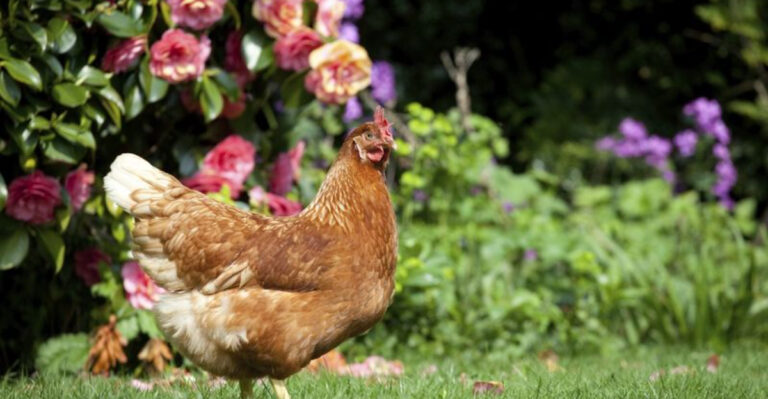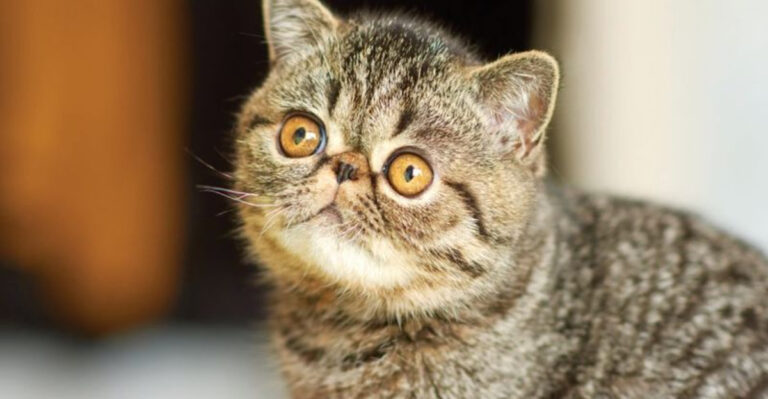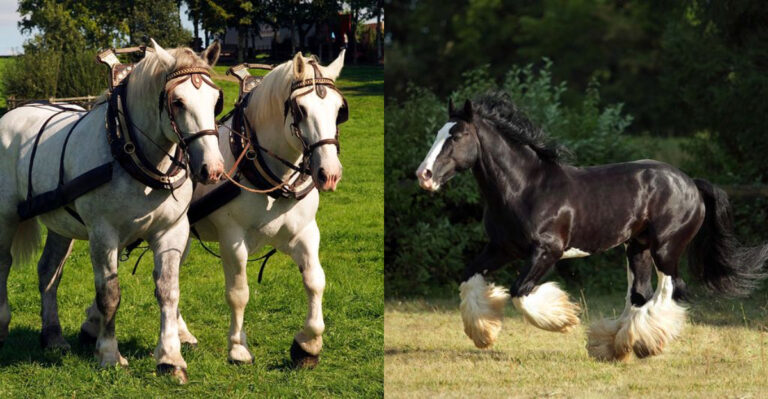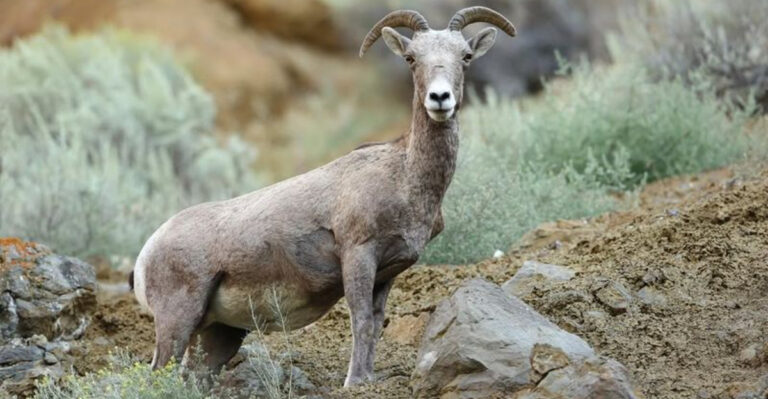18 Wild Animals You’ll Only Spot During Certain Seasons In The U.S.
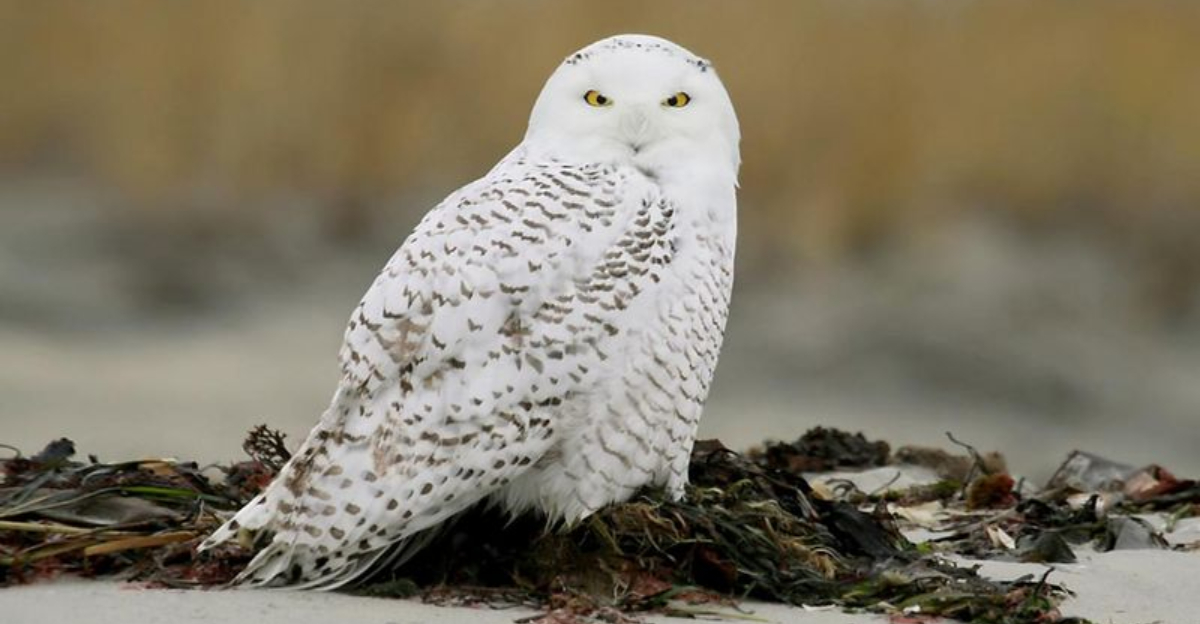
Exploring the United States’ diverse landscapes, you’ll find a plethora of wildlife that’s as seasonal as it is spectacular.
From coast to coast, certain animals emerge only during specific times of the year, making them a true treasure for nature enthusiasts.
1. California Sea Lion
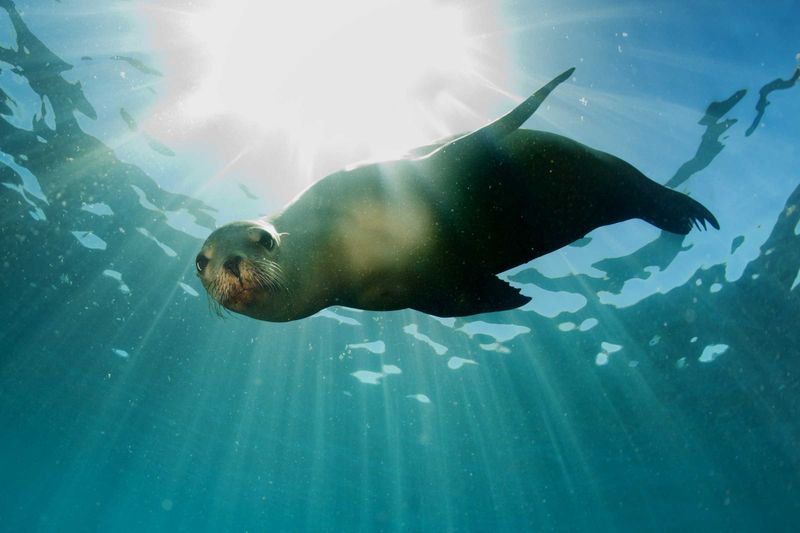
California Sea Lions are a delightful sight along the western coast, particularly during their breeding season from May to August. These social marine mammals are known for their intelligence and playful antics.
Watching them frolic in the waves or sunbathe on rocks can be a joyous experience. The vibrant communities they form are lively and engaging.
2. Atlantic Puffin
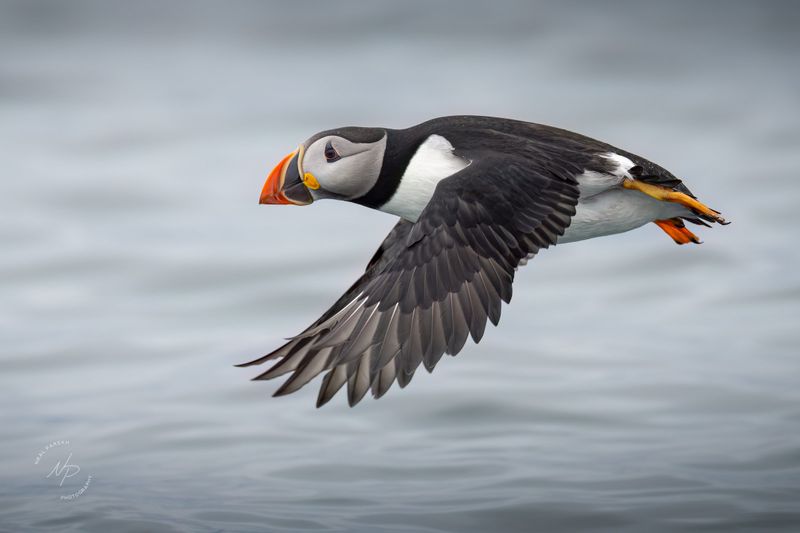
The Atlantic Puffin, with its vivid beak and endearing waddle, is a summer delight on the northeastern coasts. From May to August, they nest on rocky cliffs, attracting birdwatchers and photographers alike.
These seabirds are adept divers, catching fish with remarkable speed. Their vibrant appearance and charming behavior make them a favorite among coastal visitors.
3. American Woodcock
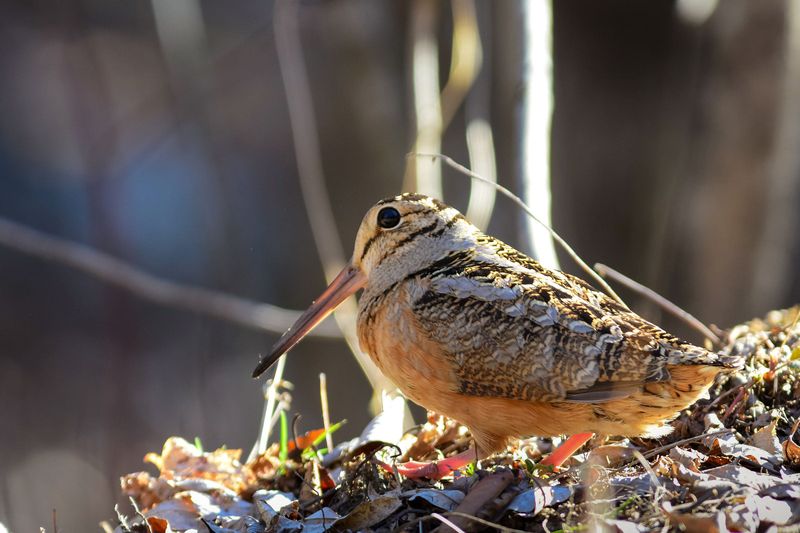
The American Woodcock, known for its peculiar “sky dance,” is a springtime marvel in eastern woodlands. This plump, short-legged bird performs an elaborate aerial display to attract mates.
Their distinctive, nasally peent calls herald the arrival of spring. Observers often find joy in witnessing their spiraling flights at dusk.
4. Bison
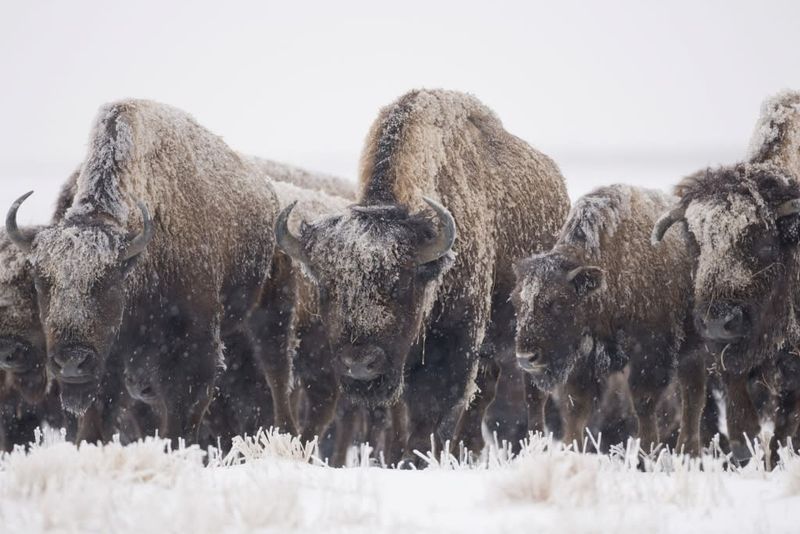
Bison, iconic symbols of the American West, are particularly striking in winter when their thick coats contrast against snow-covered prairies.
These majestic creatures are often associated with strength and resilience.
During colder months, they can be seen in large herds, grazing and moving across vast landscapes. Their presence is a testament to the enduring spirit of the wild.
5. Eastern Box Turtle
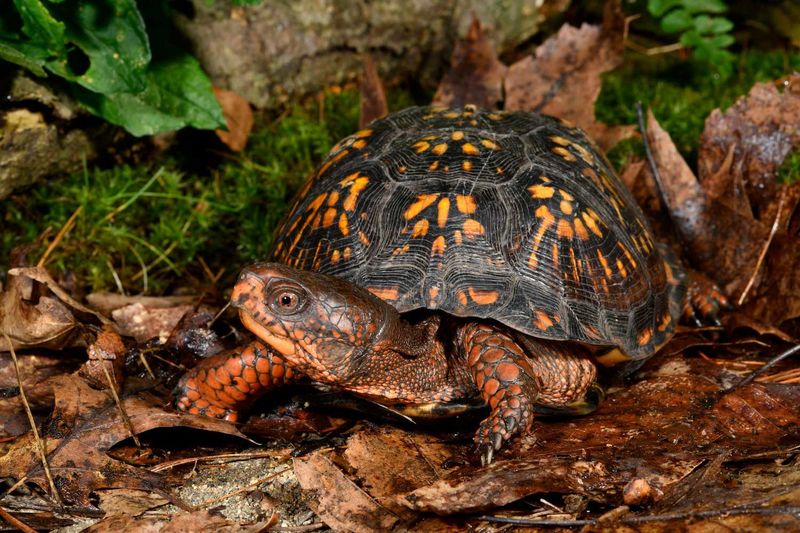
Ever seen a turtle that seems to wear a mosaic on its back? Meet the Eastern Box Turtle, a creature of both mystery and charm.
These turtles emerge in the spring, waking from their winter slumber, to bask in the warmth of the sun.
Their ornately patterned shells, marked by intricate designs of orange and yellow, help them blend into the forest floor.
Most active in the damp, rainy months, they can often be found near streams and bogs.
6. Red-Winged Blackbird
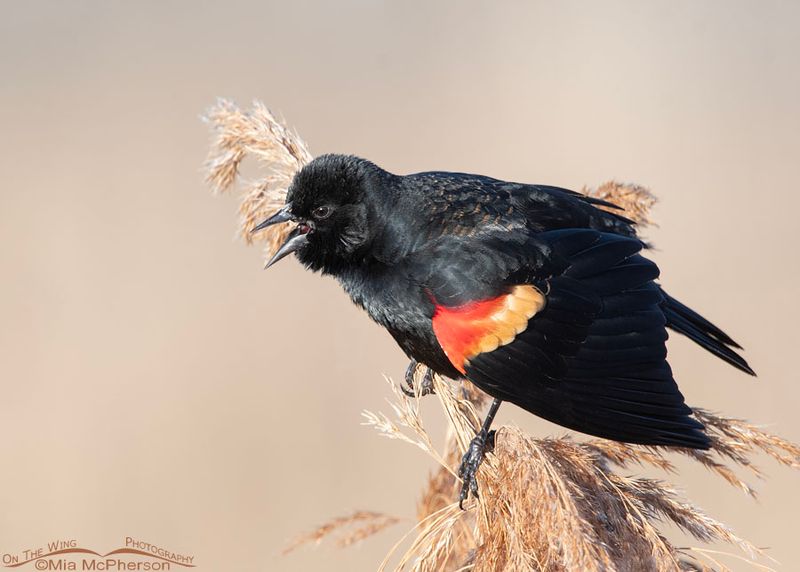
With a flash of red and a song that echoes through the marshes, the Red-winged Blackbird heralds the arrival of spring.
These birds are a sight to behold, displaying vivid red and yellow shoulder patches that stand out against their sleek black feathers.
Found in wetlands and marshes, they create a symphony of calls that announce their territory and attract mates. Famous for their intricate flying displays, these birds weave through the air with grace.
7. North American River Otter
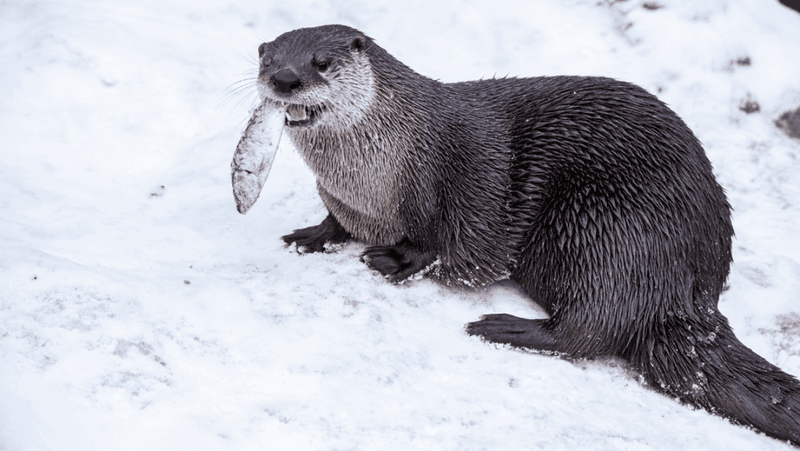
In the stillness of winter, the North American River Otter brings a playful energy to frozen landscapes.
These sleek, agile mammals are known for their love of water, and winter doesn’t deter them. They can often be seen sliding down icy riverbanks or diving into frigid streams in search of fish.
Their thick, water-repellent fur keeps them warm, allowing them to endure the cold. Otters are social creatures, often seen playing in groups, which adds a touch of joy to the stark winter environment.
8. Monarch Butterfly
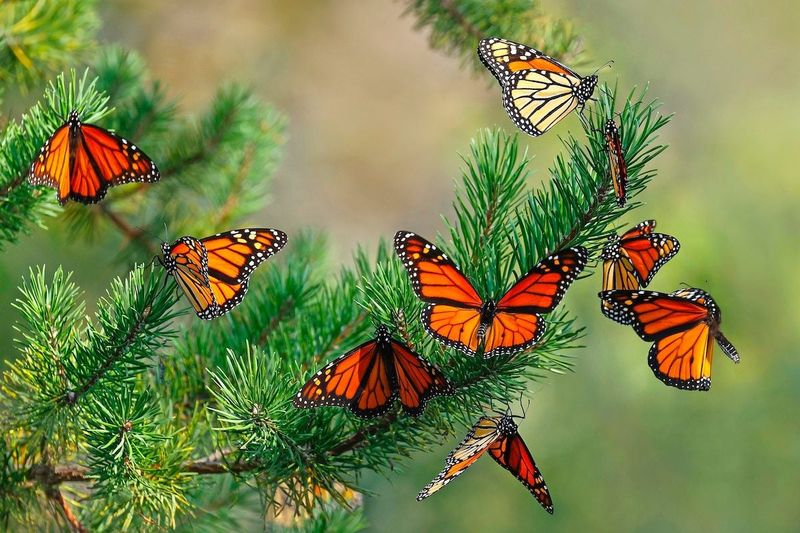
Why chase the sun when you can flutter with grace? Monarch butterflies embark on an epic journey from Mexico to the northern reaches of the U.S. in late spring.
These delicate creatures are more than just pretty wings; they’re a symbol of transformation and resilience.
You’ll find them feasting on milkweed, their favorite snack, along the way. Ever wonder why they’re called ‘Monarchs’?
It’s their royal-like migration that earns them the name. Spotting one is like finding a gem in nature’s crown.
9. Pacific Gray Whale
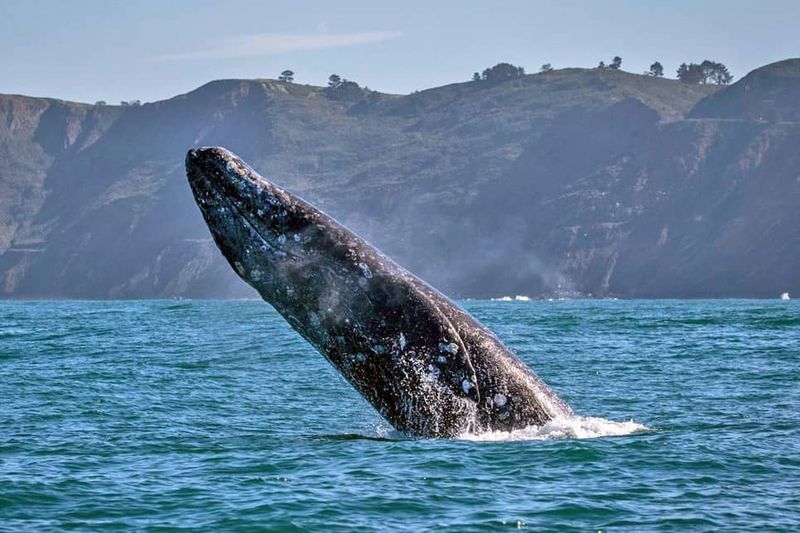
When winter’s chill sets in, the Pacific Gray Whale takes center stage off the Californian coast. These giants of the ocean embark on a southern migration from the Arctic to the warm lagoons of Baja California.
Weighing up to 40 tons, their journey is as impressive as their size.
Whale watching during this season offers a glimpse into their majestic world. Ever heard a whale song? It’s their deep, resonant communication during these travels.
10. Sandhill Crane
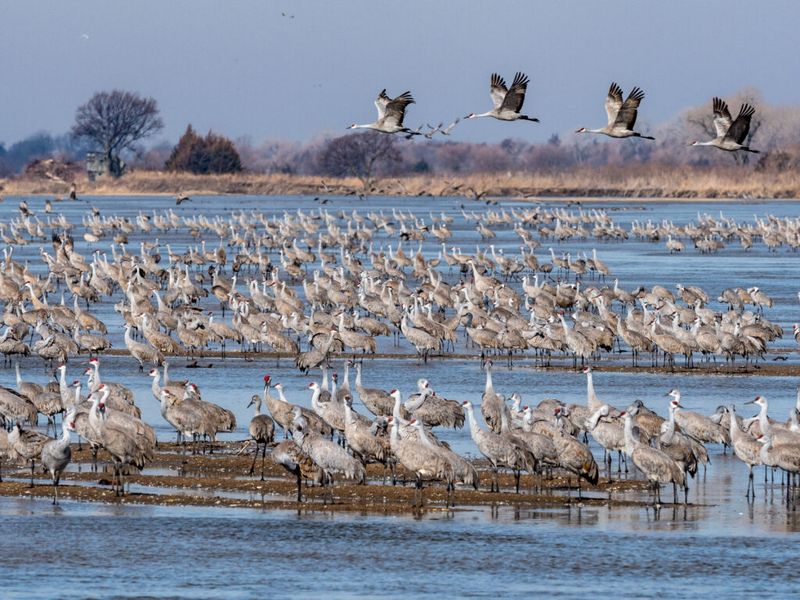
Craving a symphony of honks and bugles? Head to Nebraska during spring to witness the Sandhill Crane migration.
These birds converge by the thousands along the Platte River, creating a spectacle of sound and movement.
Their courtship dances are a sight to behold, a mix of grace and comedic flair. Cranes have been around for millions of years, a living link to the prehistoric past.
11. Loggerhead Sea Turtle
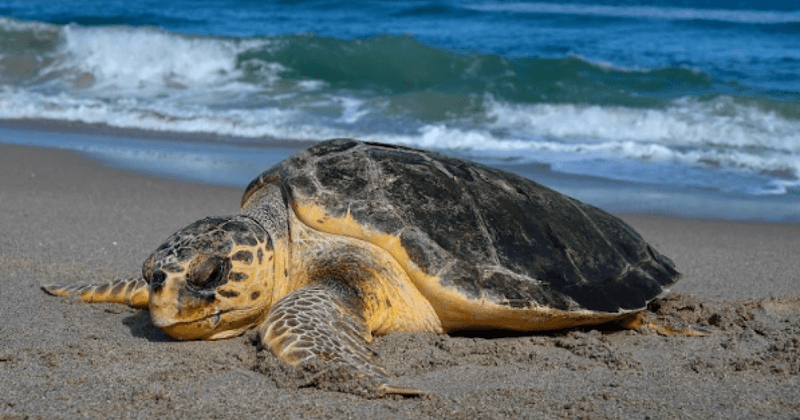
Summer nights in Florida hold a magical secret: the nesting of Loggerhead Sea Turtles. These ancient mariners return to the beaches where they were born, laying eggs under the moonlit sky.
Watching them inch across the sand is like witnessing a timeless ritual. Did you know? Loggerheads have existed for over 100 million years, surviving natural challenges with their sturdy shells.
12. Snowy Owl
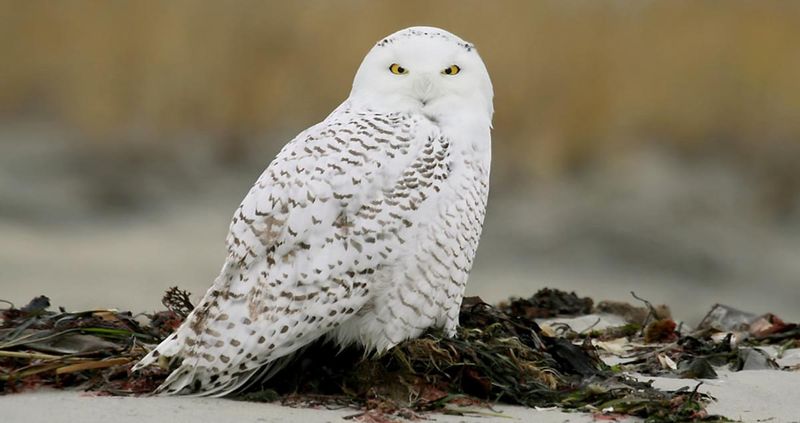
The Snowy Owl, with its striking white plumage, is a winter visitor to the northern United States.
This magnificent bird, often associated with Arctic landscapes, migrates south in search of food. Its presence is a treat for birdwatchers during the colder months.
Spotting one requires patience and a bit of luck. These owls prefer open fields and coastal marshes. Their silent flight and acute hunting skills make them fascinating to observe.
13. Bald Eagle
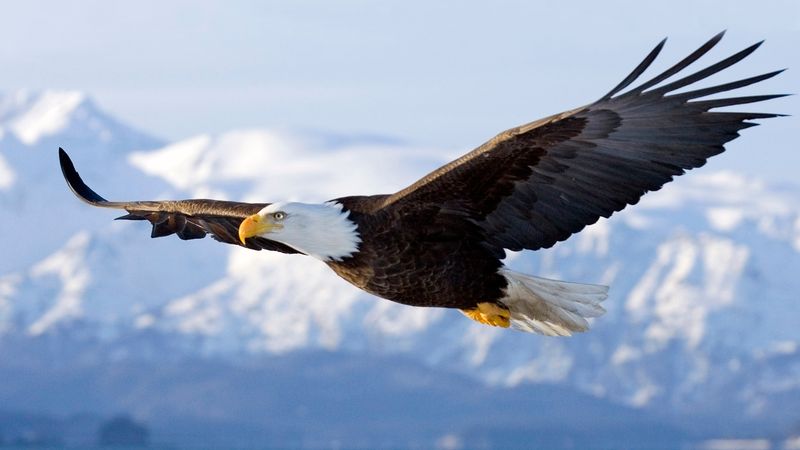
In the cold embrace of Alaskan winters, the Bald Eagle reigns supreme. These iconic birds are not just symbols of freedom but masters of survival.
With their keen vision, they spot fish beneath icy waters, a testament to their hunting prowess.
Their impressive wingspan is a sight against the snowy backdrop. During winter, they gather in numbers, creating a breathtaking aerial display.
14. Great Gray Owl
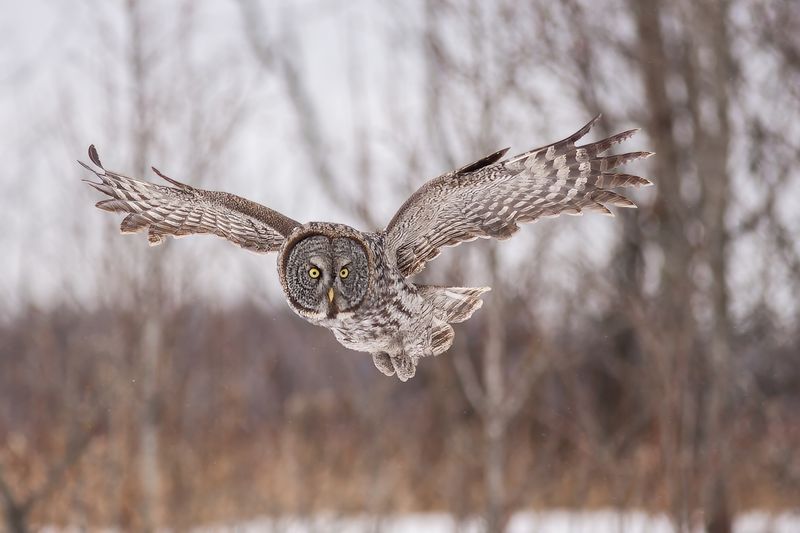
When snow blankets Minnesota’s forests, the Great Gray Owl emerges with an air of quiet mystery. Known for its piercing yellow eyes, this owl is a master of camouflage and stealth.
With silence as its ally, it hunts with precision, listening for prey beneath the snow. Did you know? It’s the tallest owl in North America, though not the heaviest.
15. American Alligator
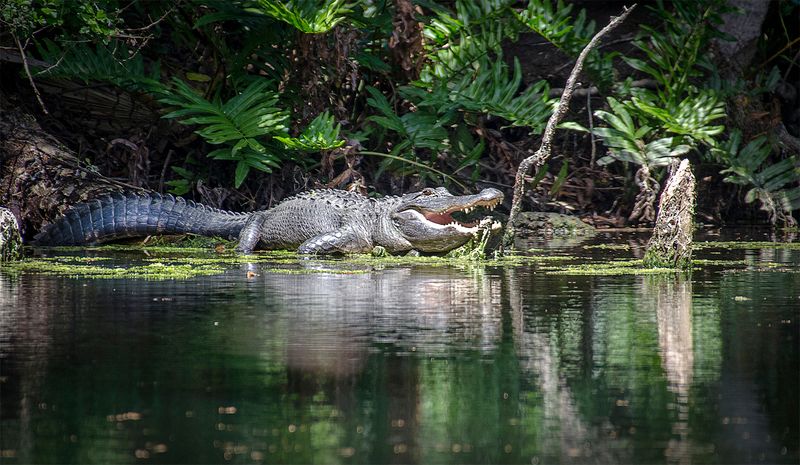
Spring in Florida marks the awakening of the American Alligator. As temperatures rise, these formidable reptiles become active, basking in the sun to regulate their body heat.
With a smile that’s as ancient as it is toothy, they remind us of the era of dinosaurs. Did you know? Alligators can leap vertically out of the water, a surprising acrobatic feat.
Their territorial roars echo through the marshes, a signal of spring’s arrival.
16. Humpback Whale
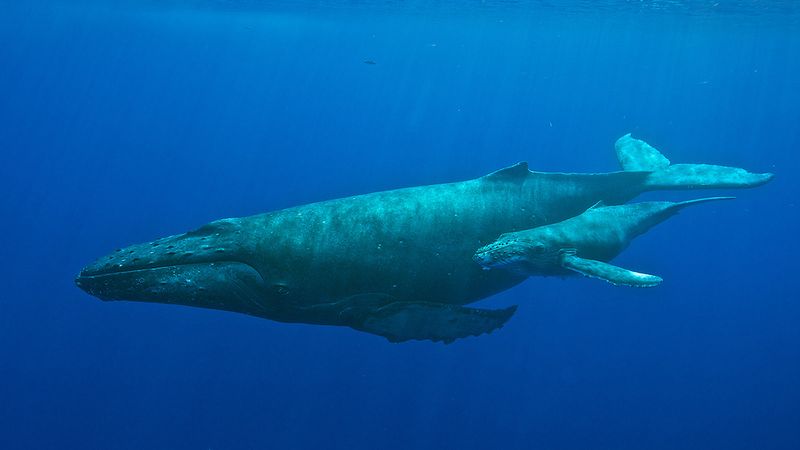
Winter waves in Hawaii bring the majestic Humpback Whale to the forefront. These oceanic giants travel thousands of miles from Alaska to breed and give birth in the warm Pacific waters.
Their acrobatic breaches and tail slaps are nature’s grand performance. Ever heard a whale sing? Their haunting melodies are part of their complex communication.
Witnessing their grace is a soul-stirring experience, a reminder of the ocean’s vastness and vitality.
17. Pronghorn Antelope
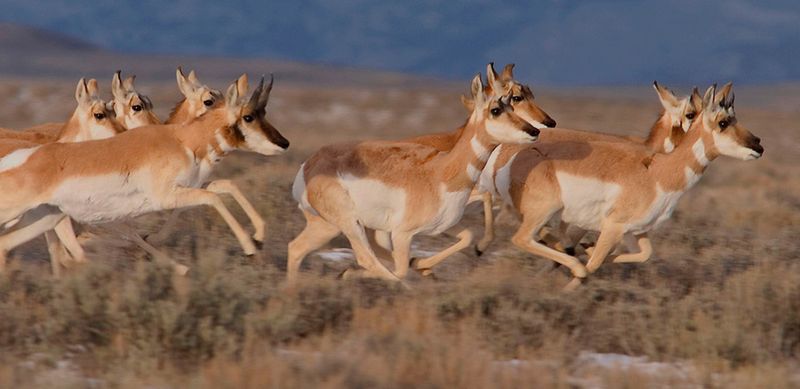
Summer in Wyoming’s plains is a stage for the swift Pronghorn Antelope. Known for their speed, these creatures are North America’s fastest land animals, capable of reaching 60 mph.
Their migration is a spectacle of endurance and agility. Ever noticed their large eyes? They provide a panoramic view, perfect for spotting predators.
Pronghorns are a living link to the continent’s prehistoric past. Observing their herds is like watching nature’s marathon, a blend of speed, grace, and survival instincts. It’s a scene of raw beauty and resilience.
18. Moose
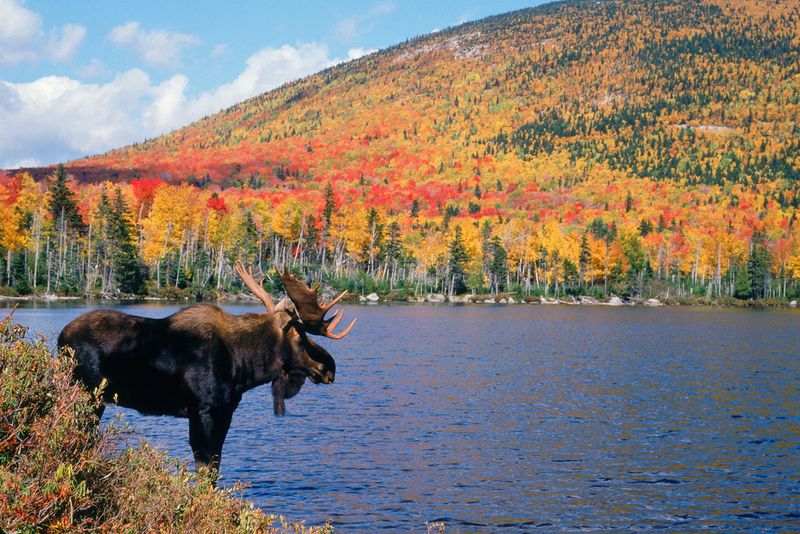
Autumn in Maine brings the majestic Moose out of the shadows. With antlers that span up to six feet, these giants of the forest are a sight to behold.
Their solitary nature adds to their mystique. Did you know? Moose can dive underwater to feed on aquatic plants, a unique adaptation.
Spotting a moose is like encountering an icon of the wilderness, a gentle reminder of nature’s grandeur and its gentle giants.



